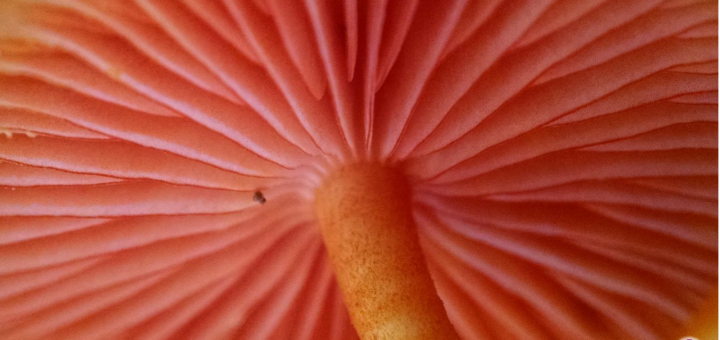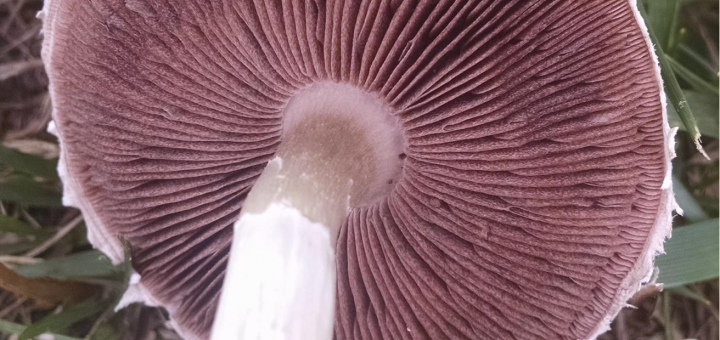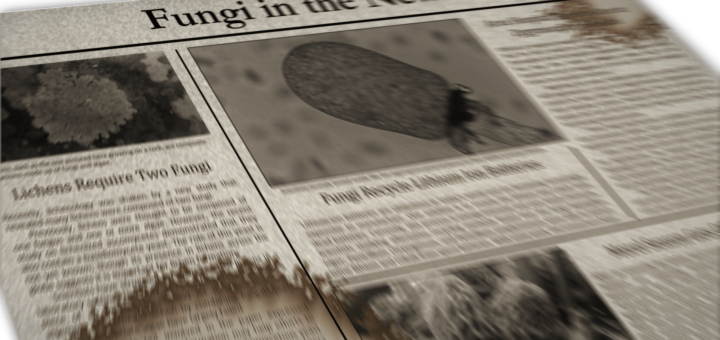#027: Gilled Mushrooms (Agarics)
The gilled mushrooms, informally referred to as ‘agarics,’ are the type of mushroom with which we are most familiar. The most common edible mushrooms (white/button/portabella mushrooms, oyster mushrooms, and shiitake mushrooms), Amanita muscaria – the most recognizable mushroom in the world and the inspiration for almost all mushroom art – and the ‘magic mushrooms’ are all gilled mushrooms. All these mushrooms share one feature: vertical plates of spore-producing tissue stacked under a sterile cap.










![#011: Characteristics of Kingdom Fungi [Archived]](https://www.fungusfactfriday.com/wp-content/themes/hueman/assets/front/img/thumb-small-empty.png)
